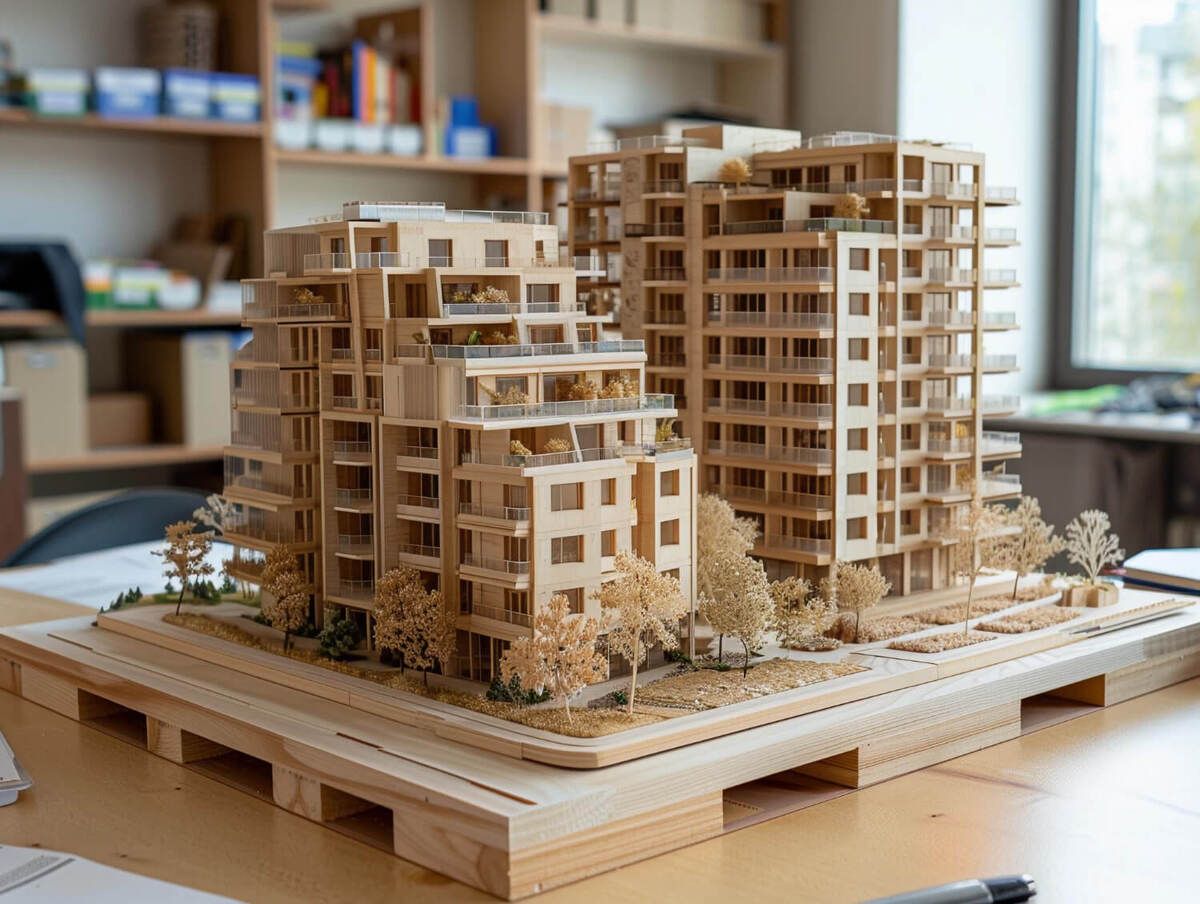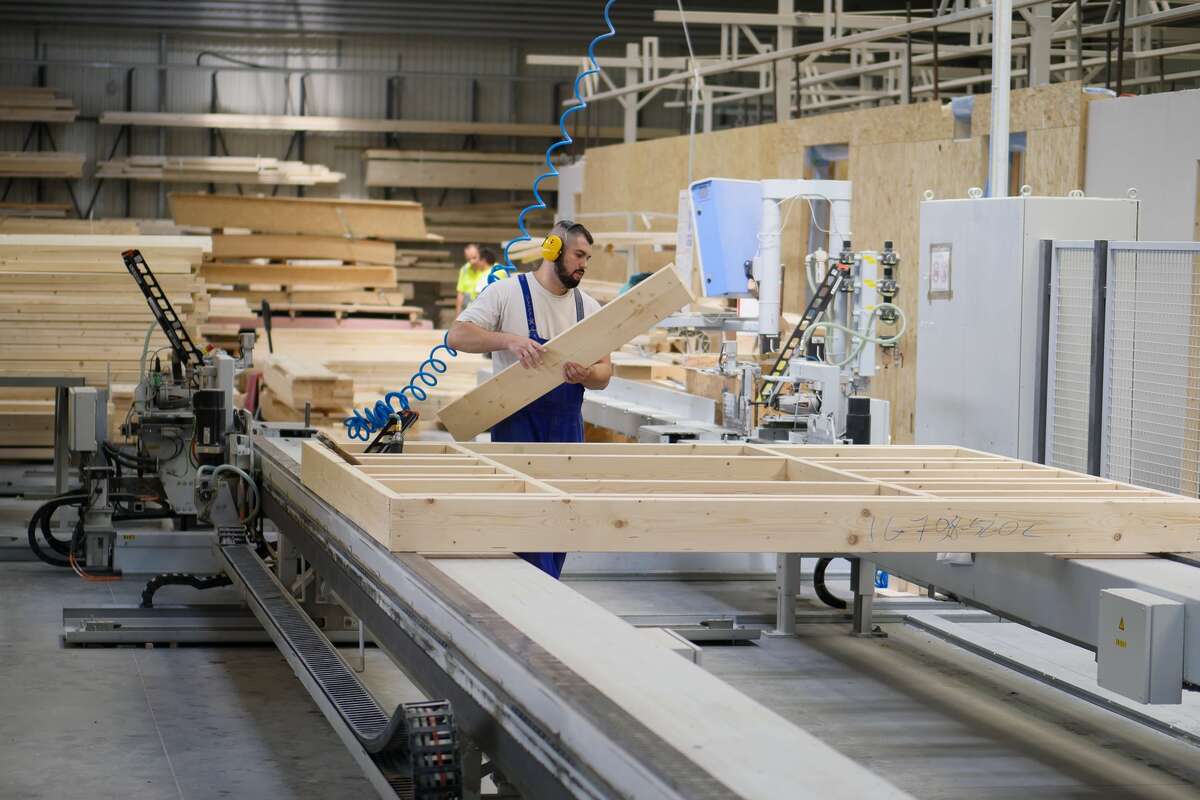Use of wood in modular construction

Wood is one of the basic materials used in construction. This should not come as a surprise when one considers the advantages of this building material - wood is strong, relatively lightweight and environmentally friendly. However, that is not all. Wooden modular construction is also attractive from a user perspective - such buildings are comfortable and aesthetically pleasing.
Why opt for wooden modular construction?
From the investors' perspective, the materials used to construct the building are not insignificant - nowadays, ecology, environmental protection and sustainable construction are increasingly important. If we add to this the growing awareness of consumers, wooden modular construction can be a good choice - this technology meets the modern requirements for construction not only by legal regulations, but also by customers.
5 reasons to choose modular timber construction:
-
-
- ECOLOGY. Wood is a renewable resource that stores CO2 from the atmosphere. But that's not all. When the life cycle of a modular building is over, the wood used in its construction goes into the biomass.
- DNSH RULE. Wooden modular construction makes it easier to comply with the DNSH rule, which is a major challenge for companies in the construction industry - it is easier for an investor who opts for timber-framed modular technology to obtain a subsidy, if only under the KPO.
- IMPLEMENTATION OF THE ESG STRATEGY. Timber modules, which are used in modular construction, also fit into the ESG strategy.
- LOW CARBON. Wood is light - its use in modular construction makes buildings up to 50 per cent lighter. This has a direct impact on costs and CO2 emissions - less energy is used to transport building materials.
- FAVOURABLE MICROCLIMATE. Wooden construction is also appreciated by the users of buildings constructed with this technology - wooden structures ensure a favourable microclimate. In addition, buildings made of this raw material are energy-efficient.
-
Timber in modular construction - applications
The main building block of the modules from which modular buildings are constructed is wood - hence the term ‘wooden modules’ or ‘wooden modular construction’. However, these are very general terms. Various elements are made of wood - such as the wooden substructure, façade, door joinery and terraces and balconies.
Wooden support structure
Timber is used for the module's skeleton. The walls are mostly produced in an automated manner. Their individual layers are first cut out and then nailed together. This produces timber-framed walls, which are filled with mineral wool and suitably protected against fire (they are clad with fire-resistant panels).
Facade
The timber modules, which have been transported to the construction site, are assembled into a finished building and then the workers create the façade. Wood is also used here - the façade can be created from this material. An example? The finished building can be clad with timber shuttering made from planed spruce. Ultimately, however, it is up to the client to decide how the completed building will look.
Door joinery
Wooden modular structures are not everything - the door carpentry is also made of wood in modular buildings. Both the entrance door and the internal doors are made of this ecological material. If the investor is interested in turnkey wooden modular construction, wooden doors can also be installed in garages and storage rooms, among other things.
Terraces and balconies
Modular building designs with a residential function often include terraces or balconies. In order to make spending time outdoors a pleasure, attention must be paid to the material used for, among other things, the surface of these parts of the building. Here, too, wood is used - both balconies and terraces can be clad with pressure-impregnated pine, for example.

Service life of timber structures in modular construction
Timber structures in modular buildings are not only durable and long-lasting, but also adequately protected against fire - walls, floors and ceilings meet current standards. This is reflected in the lifespan of modular timber buildings - they can serve their occupants for many years. In terms of durability, modular technology is not inferior to traditional technologies for the construction of buildings for various purposes - timber construction can be used for many generations.
Information
© 2022 UNIHOUSE SA All rights reserved. | Design Sensorama





